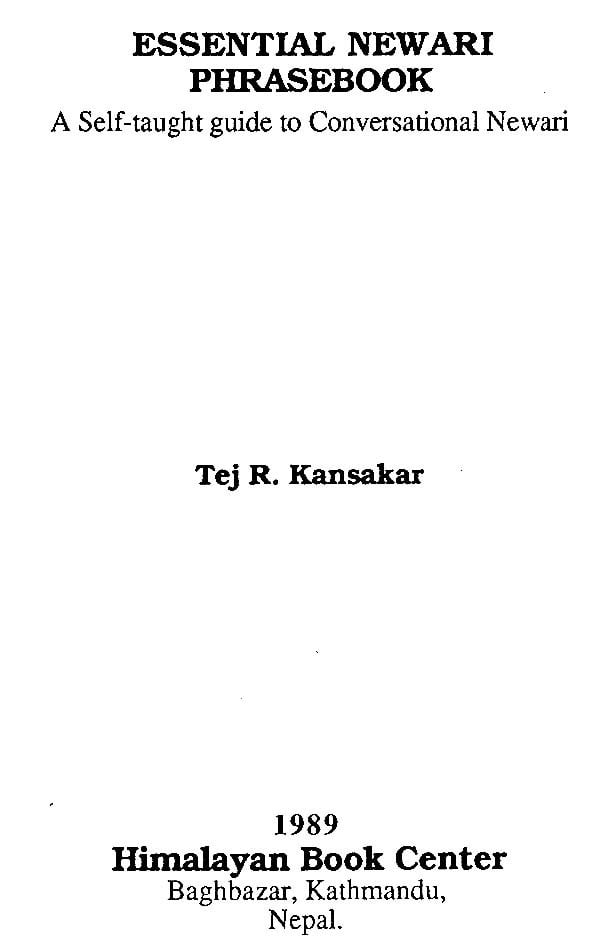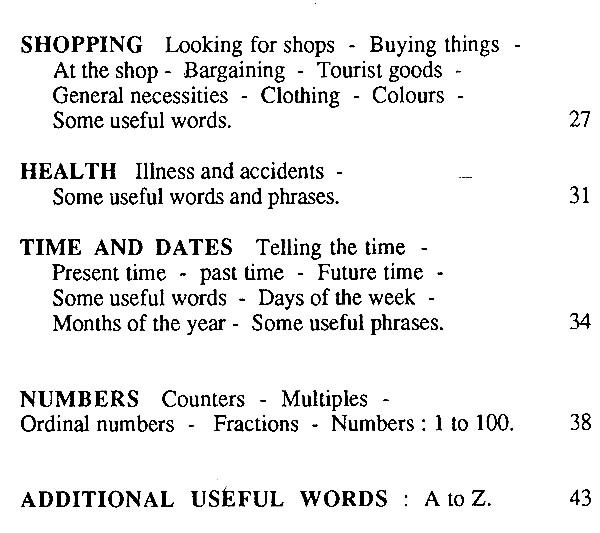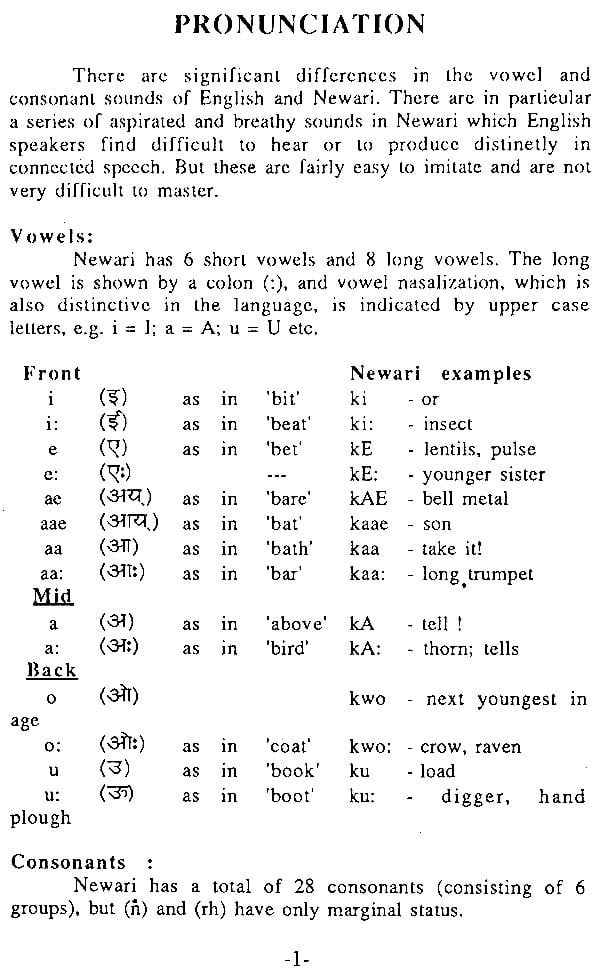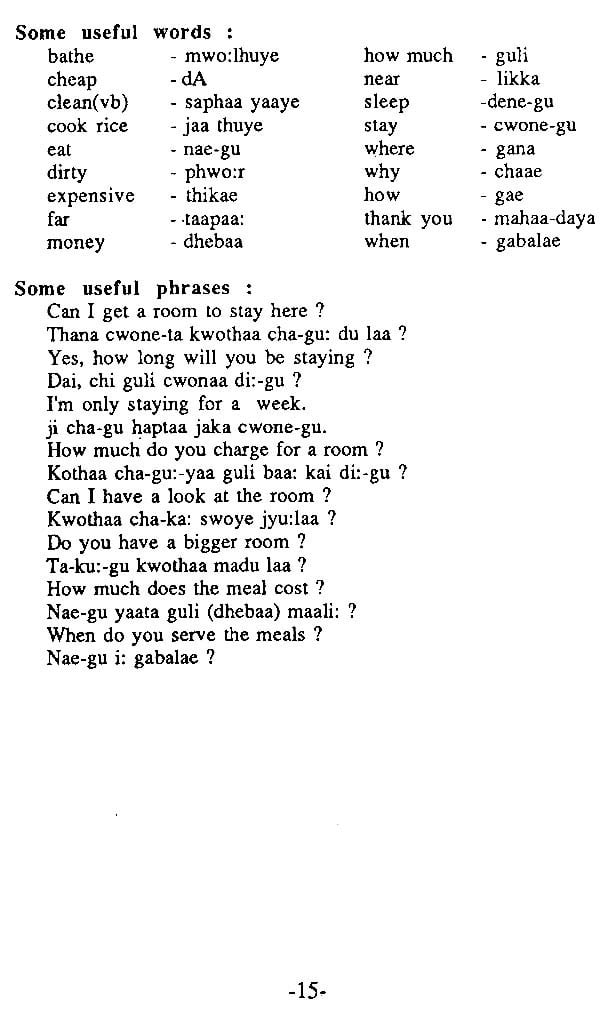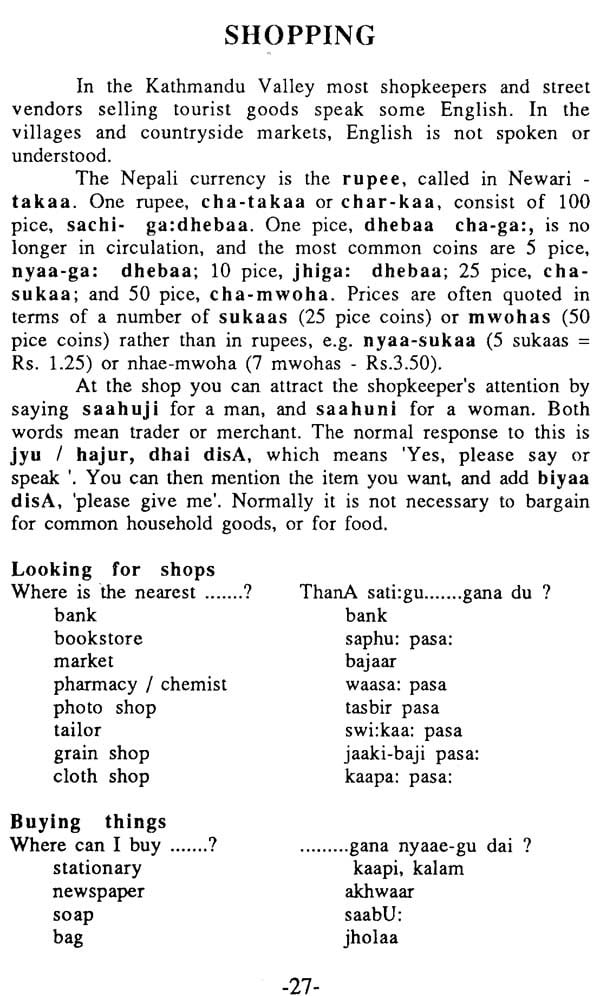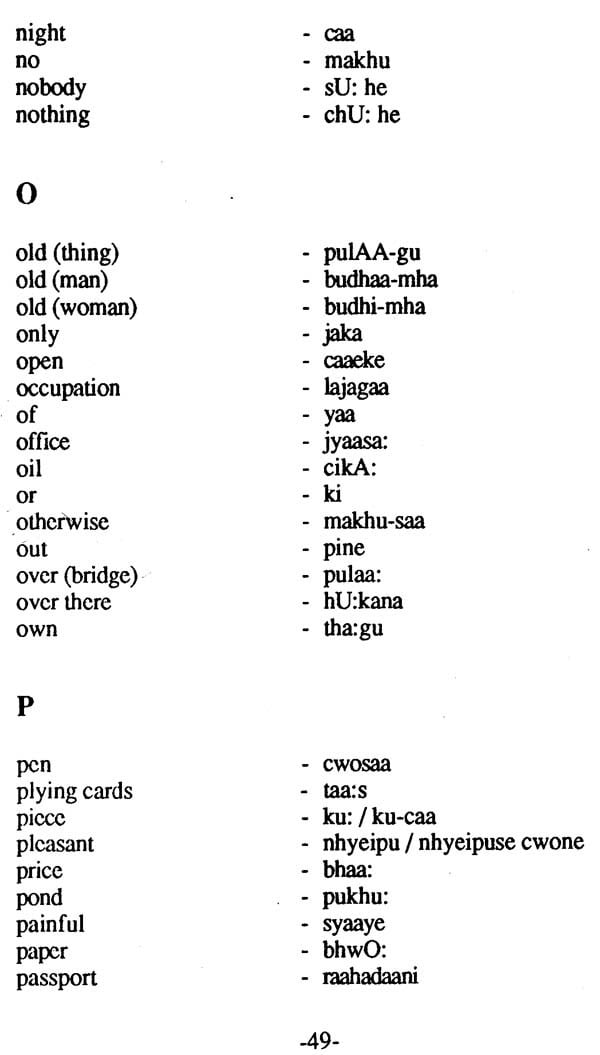Introduction Most foreigners who come to Nepal, either as tourists. specialists or scholars, will find that Newari is one of the principal languages spoken in the Kathmandu Valley and trading centers in various parts of the kingdom. Newari (earlier known as Nepal Bhasa) is one of four Tibeto-Burmese languages with and old written tradition. The earliest written records date back to the 12th century when the Nepal script (Bhujimol, Pracalit or Ranjana scripts) was used in stone or metal inscriptions, documents written on palm-leaves, and other miscellaneous media written on paper. Newari emerged as an influential literary language during the mid-fourteenth century when secular and religious texts were written or translated from Sanskrit, and many poems and dramas came to be composed. Since the advent of printing in the Kathmandu Valley around the beginning of this century, the original Newari scripts have been almost entirely abandoned and the language is now written in the Devanagari. The transcription scheme for words and phrases used in this booklet, however, is not a transliteration of the Devanagari. The materials used therefore do not presuppose familiarity with the Devanagari script, although some knowledge of the Devanagari alphabet would be an advantage in learning to read and write Newari sentences, and to consult bilingual Dictionaries where the entries are mainly in Devanagari. It must also be pointed out that the Devanagari has numerous variations in its spelling system which strictly are not relevant to the facts. of Newari phonology. A more systematic approach to the learning of the Devanagari script can be found in Anna Maria Hari, Conversational Nepali, Kathmandu 1971.
**Contents and Sample Pages**
